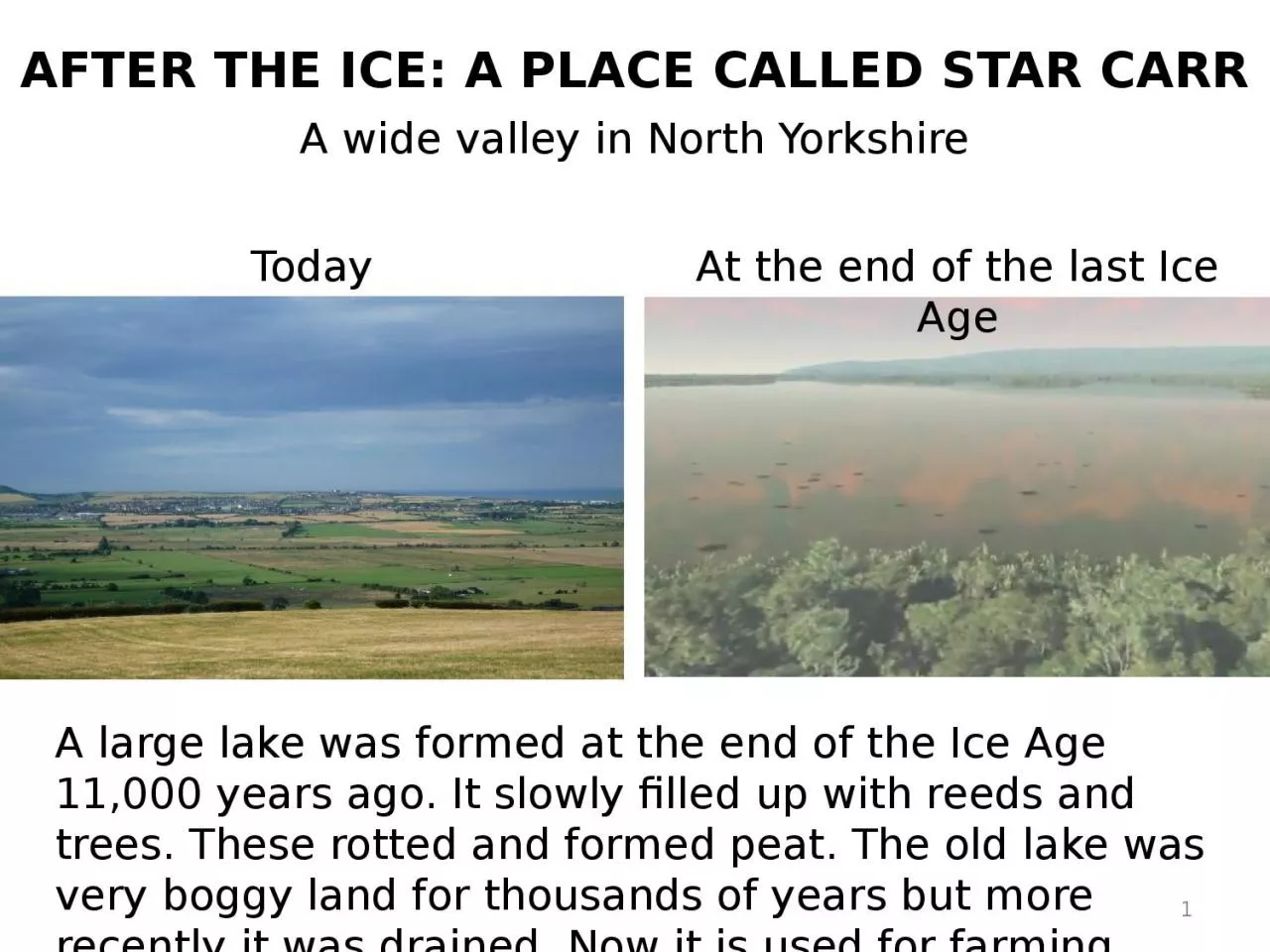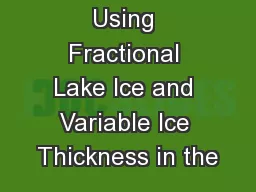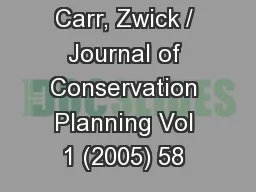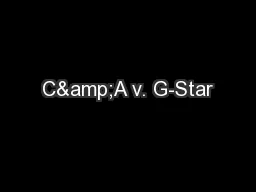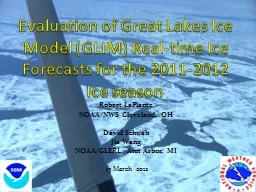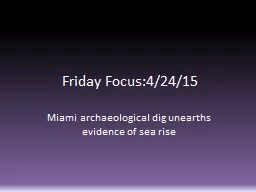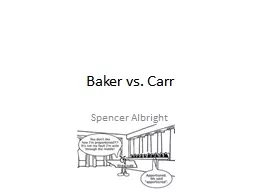PPT-AFTER THE ICE: A PLACE CALLED STAR CARR
Author : cadie | Published Date : 2023-09-18
A large lake was formed at the end of the Ice Age 11000 years ago It slowly filled up with reeds and trees These rotted and formed peat The old lake was very boggy
Presentation Embed Code
Download Presentation
Download Presentation The PPT/PDF document "AFTER THE ICE: A PLACE CALLED STAR CARR" is the property of its rightful owner. Permission is granted to download and print the materials on this website for personal, non-commercial use only, and to display it on your personal computer provided you do not modify the materials and that you retain all copyright notices contained in the materials. By downloading content from our website, you accept the terms of this agreement.
AFTER THE ICE: A PLACE CALLED STAR CARR: Transcript
Download Rules Of Document
"AFTER THE ICE: A PLACE CALLED STAR CARR"The content belongs to its owner. You may download and print it for personal use, without modification, and keep all copyright notices. By downloading, you agree to these terms.
Related Documents

